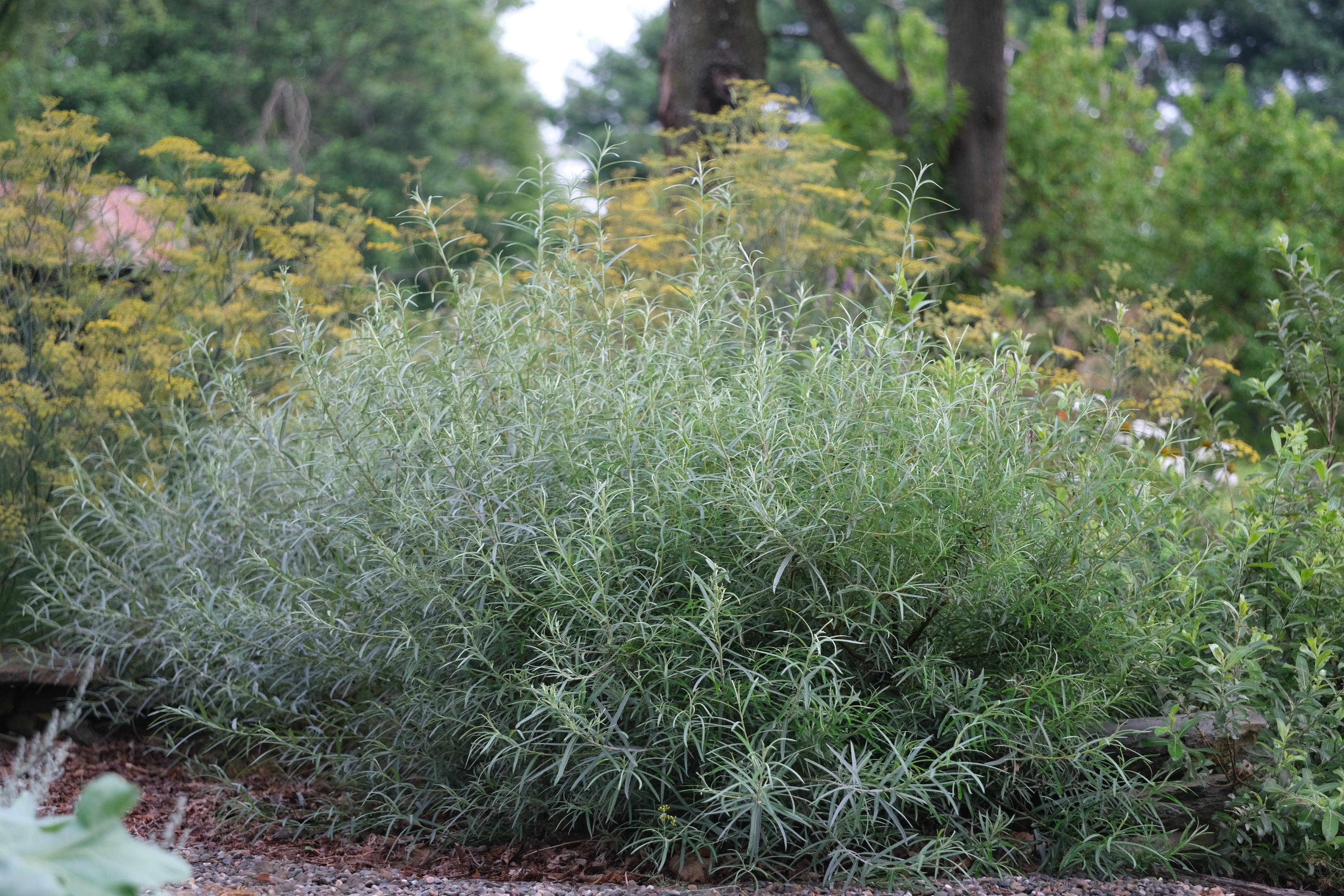We proudly research, grow, and write about our plants by hand. Descriptions are based on our experience as well as information gathered from reputable sources: books, periodicals, and select websites. Should you have questions beyond what is listed please email or call.


Our plants overwinter outdoors where they follow the natural rhythms of the season. We never force our plants to break dormancy early. Admittedly, early-leaf-out is customer pleasing, but it is bad practice both for the long-term health of the plant and for the environment.
Plants shipped in early spring will very likely not be in full leaf. We grow in a cold area (zone 5), which means that customers in warmer climates will likely receive plants behind their own garden schedule. Not to worry though, healthy plants catch up quickly.
Read more about Our Sustainable Practices here.
Ordering information
Preorders
You may place your order anytime to reserve plants for spring 2026 shipping. If you place multiple orders, we will combine plants into one box (or as many as needed) and any extra shipping charges will be refunded.
We will resume shipping plants as soon as plants are ready and temperatures are appropriate in our location and yours.
We will check in with you a week before shipping to make sure you receive your plants at a time that is convenient for you.
Shipping
Live plants ship in spring and fall only. Plants may ship dormant, depending on variety and season. Shipping costs are most reasonable when bundling like size plants.
- 4-inch: 1-6 plants ship for $15.00 / 7-13 plants ship for $18.00 / 14-30 plants ship for $40.00
- 1-gal: 1-2 plants ship for $18.00 / 3-4 plants ship for $25.00 / 5-6 plants ship for $40.00
- trees & shrubs: $27.00-$40.00 each, height dependent
- seeds: $6.75 or free with orders over $15.00
We regret that we cannot ship internationally or to the following states: AK, AZ, CA, CO, FL, HI, ID, MT, NV, OR, UT, or WA.
Nursery pick up
We will email you to schedule a day and time to collect your plants when they are ready in spring. Generally, plants can be collected from the nursery Monday through Sunday from 10am-4pm in Spring, Summer, and Fall.
Plant Sizes
We most commonly use the following pot sizes for perennials:
- 4-inch pot: 3.5" H x 3.5" W x 3.5" D
- 2-quart pot: 6" H x 5.25" W x 5.25" D
- 1-gallon pot: 6.87" H x 8" Dia (this is a true one gallon pot, not the smaller 'trade' one gallon pot used by many nurseries)
Check out our illustrated pot size guide here.
Representative trees & shrubs are photographed in their pots and posted on each plant page.
Sustainability
Sustainability is at the heart of what we do at The Old Dairy. We grow all of our plants outdoors without the use of chemicals, fertilizers, carbon fuels, or peat.
Many of our perennials are grown in the ground and dug upon order (this is especially true for larger sizes). This practice allows us to grow stronger, healthier plants using native soil, and ultimately reduces our impact on the environment.
Our open-pollinated seeds are collected from plants in our mother beds, which have never been treated with chemicals or sprays of any kind.




























